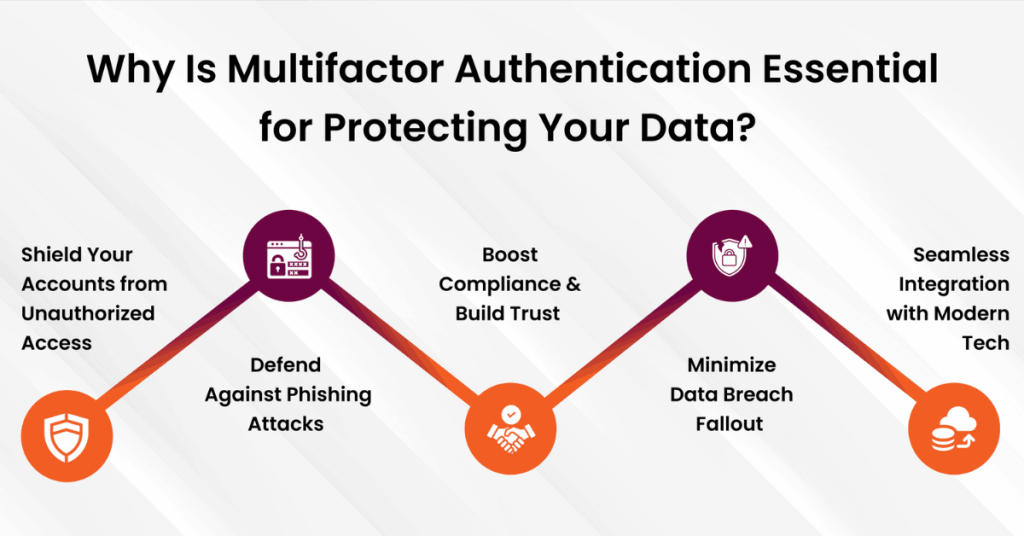
In today’s digital world, the importance of ensuring the security of online accounts and personal information cannot be overstated. With cyber threats becoming more sophisticated and prevalent, it is crucial for individuals and businesses to take proactive steps to protect themselves. One of the most effective ways to enhance security is through the implementation of multi-factor authentication (MFA).
What is Multi-Factor Authentication?
Multi-factor authentication is a security process that requires users to provide two or more authentication factors to verify their identity before gaining access to an online account or system. These factors typically fall into three categories:
Something you know (such as a password or PIN)
Something you have (such as a smartphone or security token)
Something you are (such as a fingerprint or facial recognition)
By requiring multiple factors for authentication, MFA adds an extra layer of protection that makes it significantly harder for unauthorized users to access sensitive information.
The Evolution of Cyber Threats
As we enter 2025, cyber threats continue to evolve and become more sophisticated. Hackers are constantly finding new ways to breach security measures and exploit vulnerabilities in order to gain unauthorized access to data. With the rise of remote work and cloud computing, the surface area for potential attacks has expanded, making it even more challenging to secure sensitive information.
In this ever-changing landscape, traditional security measures such as passwords alone are no longer sufficient to protect against cyber threats. Studies have shown that password-based authentication is vulnerable to a variety of attacks, including phishing, brute force attacks, and credential stuffing. As a result, more organizations are turning to multi-factor authentication as a critical component of their security strategy.
The Benefits of Multi-Factor Authentication
There are several key benefits to implementing multi-factor authentication, especially in today’s high-risk environment:
Enhanced Security
By requiring multiple factors for authentication, MFA significantly reduces the risk of unauthorized access to sensitive information. Even if a hacker obtains one factor, such as a password, they would still need additional authentication factors to gain access to an account.
Improved User Experience
While some may argue that multi-factor authentication adds complexity to the login process, advances in technology have made the user experience more seamless and convenient. Biometric authentication methods, such as fingerprint and facial recognition, have become more widespread, making it easier for users to verify their identity without the need for passwords or security tokens.
Compliance Requirements
Many industries and regulatory bodies mandate the use of multi-factor authentication as part of their compliance requirements. By implementing MFA, organizations can ensure they are meeting the necessary security standards and protecting sensitive data from potential breaches.
The Future of Multi-Factor Authentication
Looking ahead to 2025 and beyond, the importance of multi-factor authentication is only expected to grow. As cyber threats continue to evolve, organizations will need to adapt their security strategies to stay ahead of potential attacks. Advances in technology, such as artificial intelligence and machine learning, will also play a crucial role in enhancing the effectiveness of multi-factor authentication systems.
Ultimately, the importance of multi-factor authentication in 2025 cannot be overstated. As the first line of defense against cyber threats, MFA is essential for protecting the confidentiality, integrity, and availability of sensitive information in an increasingly digital world.
Are you looking to enhance the security of your online accounts and protect your sensitive information? Implementing multi-factor authentication is a crucial step towards safeguarding your data in today’s high-risk environment.